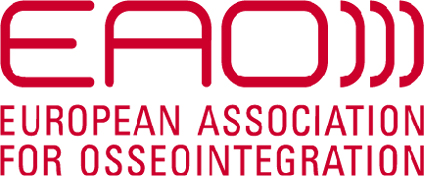Risks and complications
Discussion
Speaking of anticoagulants, a good piece of advice would be to advise the patient to take their medication in the evening (instead of in the morning) so the maximum effect of the anticoagulants would be at night and surgery can be performed during the day, within the ‘safe window’ of time.
“Always try to minimise the invasiveness of surgical procedures.”
In cases involving multiple extractions and a patient presenting with risk factors, it is prudent to proceed with a staged approach. Always try to minimise the invasiveness of surgical procedures.
The risk of MRONJ in patients taking ARDs relates mainly to either post-extraction infection, interruption of soft tissue coverage or even peri-implantitis. Some patients with MRONJ have healthy implants and do not encounter problems with them.
How can patients who are prone to misconceptions be identified? This can be done during the initial diagnosis. Patients who seem to be sceptical, ask lots of questions, and look for a second opinion are not difficult to deal with. They are expressing themselves and are eager to get information about their treatment; they are open to communication and we can have a discussion with them. Patients who remain silent, and are reluctant to engage in discussion are the main concern, as they tend to try to put all the responsibility in your hands and do not want to participate in the treatment decisions.
“Patients who remain silent, and are reluctant to engage in discussion are the main concern”
Face-to-face communication between the doctor and patient is the ultimate tool for resolving treatment misconceptions. We can give patients the appropriate information to dispel any misinformation or misconceptions (for example the EAO patient information booklet). We can then can spend time discussing any questions which the brochure has raised for them. Usually, the patient can understand general information, or ‘the basics’, but they cannot apply it to their particular case. This is our task.
“Face-to-face communication between the doctor and patient is the ultimate tool for resolving treatment misconceptions.”
The more complex and extensive the treatment, the more challenging it is to communicate it to the patient and help them come to a realistic expectation. A questionnaire at the beginning of the diagnostic phase can help us investigate patients’ misconceptions and give us an opportunity to make them better understand the treatment details.



